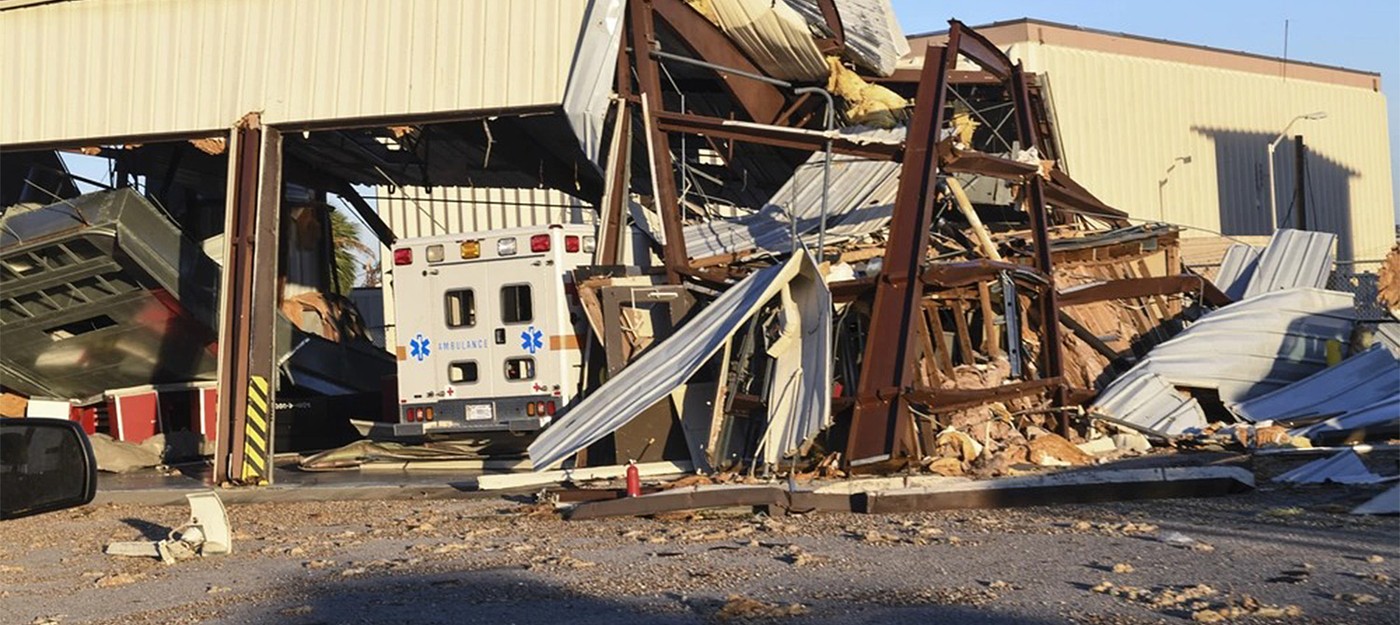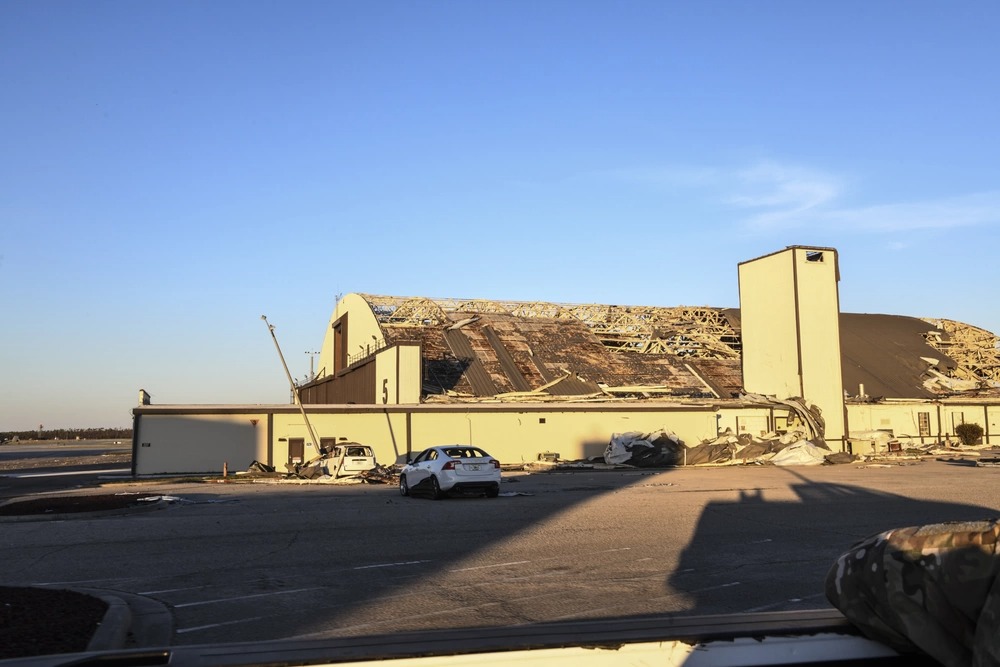The U.S. Military is not ready for extreme weather — taxpayers will continue to burden the cost

Extreme weather in the United States affects life not only by causing direct damage to cities and towns. Such events also harm local businesses, break logistical chains, and destroy critical infrastructure. Overall cost of hurricanes, heat and cold waves, droughts, blizzards, floods, and other types of climate disasters cost billions of dollars every year. Yet, severity of extreme weather is on the rise.
The U.S. military is also suffering from the effects of climate change and extreme weather. In 2018 Hurricane Michael (Category 5) passed over Tyndall Air Force Base, dealing catastrophic damage to the structures and aircrafts. At least 17 55 F-22 Raptor stationed at Tyndall were out of commission.

The official report showed $4.7 billion in damage, and it was only one among several other facilities that suffered the wrath of nature. The services have assessed $3.7 billion at other East Coast facilities.
Climate change has been identified as a threat to national security for over a decade now, Secretary of Defense Jim Mattis assured in unpublished testimony that "we are prepared to address the effects of a changing climate on our threat assessments, resources, and readiness."
However, in March 2019 Navy quietly shut down its specialized Task Force Climate Change designed to prepare for rise of the sea levels, melting ice sheets and changes in ocean temperatures.

Other notable extreme weather events that caused damage to U.S. Military facilities:
Marine Corps installations in North Carolina — $3.8 billion in damages (2018)
Offutt Air Force Base in Nebraska — up to $1.1 billion in damages (2019)
In 2019 the Department of Defense identified 45 bases most vulnerable to flooding, drought and wildfires, but inspections carried in six northern bases last summer found no evidence of preparations against climate change and extreme weather events. Most installation leaders were "unfamiliar with military installation resilience planning requirements, processes, and tools."
Early preparation is the key to minimize the infrastructure damage and degradation of mission capabilities caused by extreme weather events. In the end, unless the Department of Defense proactively take measures adapting for the future, taxpayers will continue to pay billion-dollar bills that were preventable.
- The summer the US faced climate events once seen only in fiction
- Tens of thousands demand end to fossil fuels ahead of U.N. climate summit
- Climatologists call for "Return to the Holocene" amidst renewable energy boom